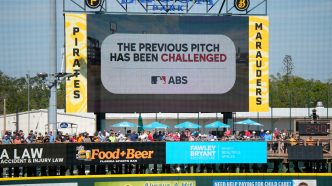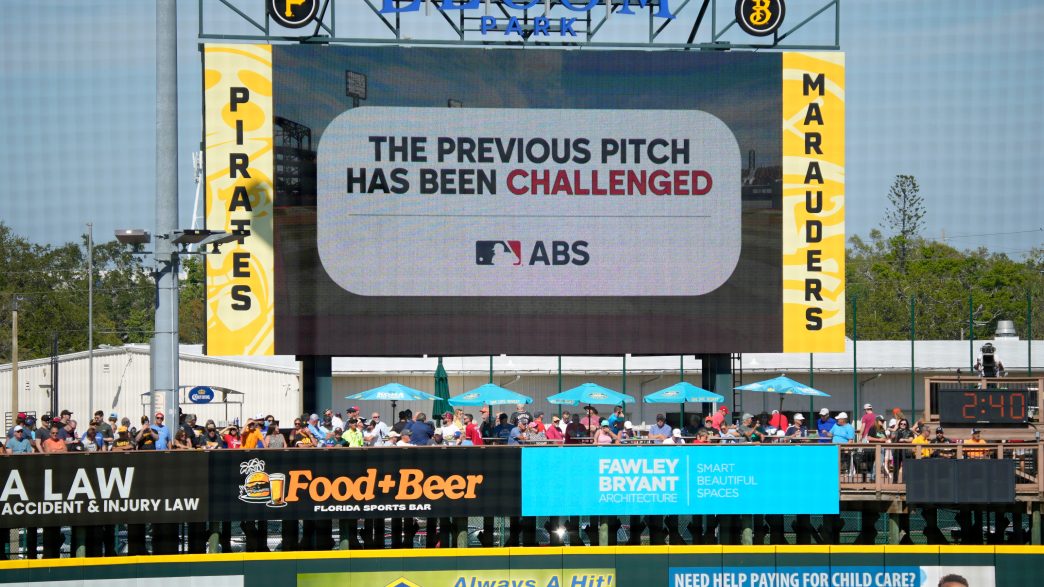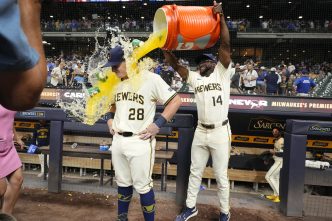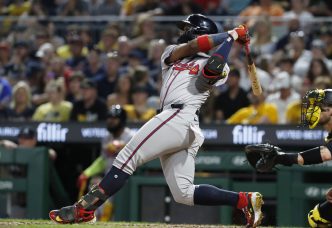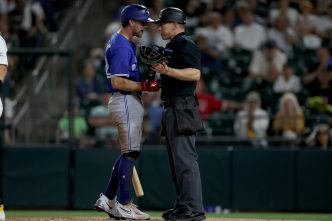In an exciting twist for the upcoming All-Star Game, Major League Baseball has announced the implementation of the automated ball-strike challenge system (ABS) on July 15 in Atlanta. This new technology aims to refine the game’s officiating, allowing for a more accurate assessment of balls and strikes thanks to state-of-the-art Hawk-Eye technology.
This ABS challenge system has already seen action in about 60% of spring training games this year. In those games, players were equipped with two challenges each to contest calls on balls and strikes. Only pitchers, catchers, and hitters can initiate these challenges, which leads to an animated replay of the pitch displayed on the scoreboard before the home plate umpire makes the final call. This not only engages the players but also enhances the fan experience, offering a real-time visual on potentially contentious calls.
MLB has been running tests on the ABS at the Triple-A level since 2023, exploring both the challenge modality and a fully automated strike zone. Last June marked a significant shift when all Triple-A games transitioned entirely to the challenge system, previously alternating between it and a fully automated approach. This step reflects MLB’s commitment to refining the game-day experience and ensuring accurate officiating.
During spring training, players could challenge a call simply by tapping their hat or helmet—a gesture that adds a personal touch to the process. However, teamwork is off-limits here; players cannot receive assistance from the dugout or teammates in issuing a challenge. To add a layer of strategy, successful challenges allow teams to retain their initial two for the game.
The introduction of ABS in the All-Star Game serves as yet another critical test for this technology, as MLB carefully weighs its potential for integration in the following season. Commissioner Rob Manfred has stated intentions to present a proposal regarding the ABS to the league’s competition committee later this summer, indicating a serious dedication to evolving the game.
However, not everyone is on board. A recent poll of 134 players revealed that a significant 63.4% are against a fully automated strike zone, with only 17.1% expressing support. This divide highlights the complexities involved in legislating technology like ABS into the sport.
One of the major sticking points is the inherent challenge of defining the strike zone. Should it be based on a player’s height, batting stance, or other variables? Commissioner Manfred expressed his commitment to working through these pivotal issues, stating, “My single biggest concern is working through the process and deploying it in a way that’s acceptable to the players.” His approach reflects an understanding of the critical nature of player buy-in for any substantial changes that could impact the fabric of the game.
As we approach the All-Star Game, fans and players alike will be watching closely to see how the ABS challenge system performs. This could very well set the stage for broader changes in the league, regardless of how the players feel about it now. The balance between tradition and innovation in baseball is a nuanced conversation, and this All-Star Game could mark a significant moment in that ongoing dialogue.

